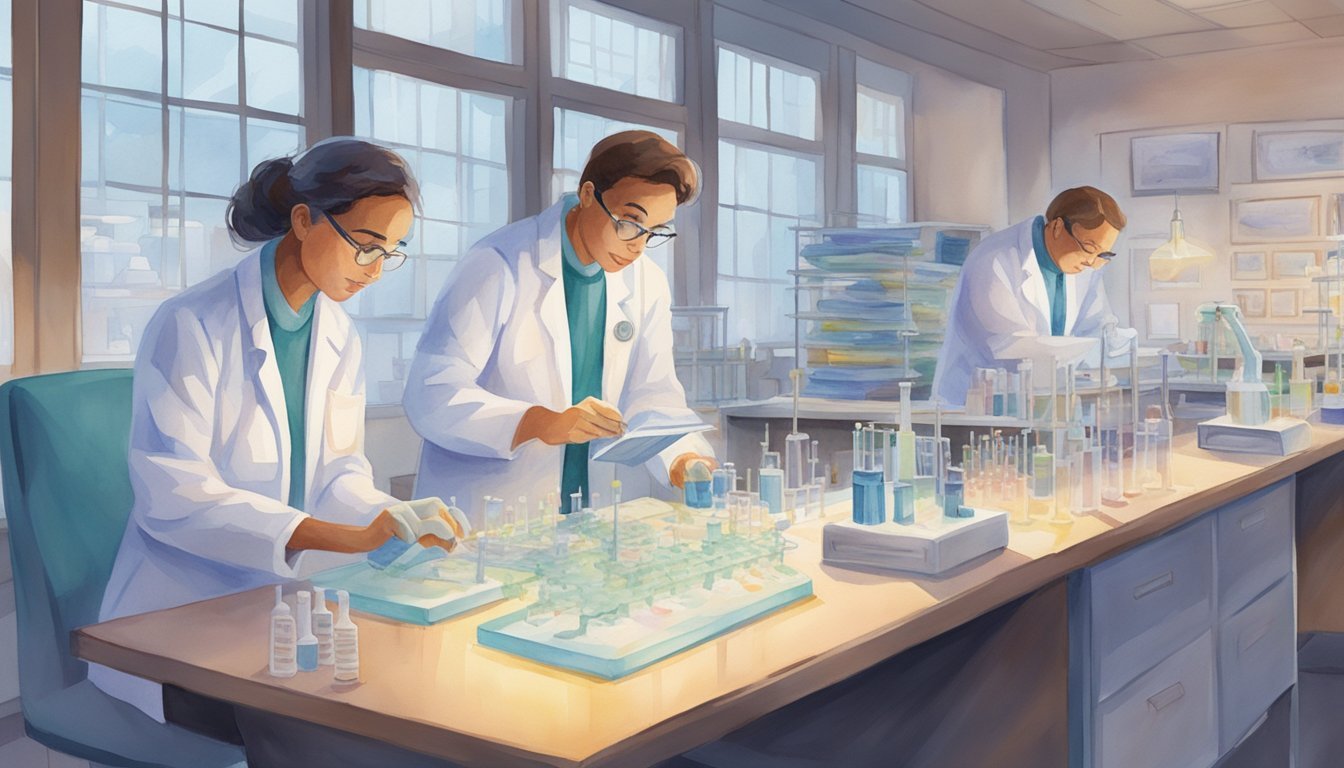Understanding DNA Alteration
DNA alteration encompasses a wide range of techniques and knowledge, focusing on how scientists can change the genetic makeup of an organism. This section will explore the basics of genetics, the mechanisms by which DNA can be changed, and the various applications and methods used.
Fundamentals of Genetics
Genetics is the study of genes and their functions and behaviors. The human genome consists of DNA, a long molecule containing the genetic code that dictates the biological traits of an organism. DNA is made up of four types of nucleotide base pairs: adenine pairs with thymine, and cytosine pairs with guanine. These pairs are the building blocks of the double-helix DNA structure and are responsible for the vast diversity seen within the human population.
Mechanisms of DNA Change
DNA can be altered through natural processes like mutations, which are changes that occur in the genetic sequence. Mutations can result from errors during DNA replication or from environmental factors, such as UV radiation. Apart from these naturally occurring changes, scientists can deliberately introduce changes using technologies like CRISPR-Cas9. This sophisticated method allows genes to be added, removed, or altered in living organisms, and it has revolutionized the field of genetic research.
Applications and Techniques
Advances in genome editing have led to cutting-edge therapies and research opportunities. Gene therapies, for example, are being developed to correct genetic disorders by inserting functional genes into a patient’s cells. Another application is germline editing, which involves changes to eggs, sperm, or embryos and can have hereditary implications. Although still in the experimental and clinical trial phases, these techniques could one day treat a range of conditions and diseases.
Ethical, Safety, and Regulatory Considerations

As science delves deeper into human genome editing, the discussion extends far beyond the laboratory. Concerns regarding ethics, safety, and regulatory oversight become critical as researchers navigate the complex implications of modifying human DNA.
Ethical Debates and Perspectives
The alteration of human DNA raises profound ethical questions. Discussions often center on the potential for eugenic practices, which could increase social inequality by creating so-called “designer babies.” Ethicists and researchers alike consider the responsibility we hold to future generations—weighing the rights and dignities of those whose genomes may be edited without their consent.
Assessing the Risks
Safety is paramount when intervening in complex systems like human genetics. Clinical trials are subject to rigorous scrutiny to minimize risks, such as unintended gene edits that could result in harm rather than the intended benefit. For instance, while aiming to prevent hereditary blindness, researchers must carefully assess the potential for off-target effects that could jeopardize a patient’s health or even life.
Legal and Global Frameworks
Regulations at the national and international level are instrumental in navigating the ethical and safety considerations of genome editing. Each country, including oversight bodies like the NIH, brings varying frameworks to the field. These laws and guidelines help ensure that genome editing, especially those interventions on embryos or that could affect pregnancy outcomes, are conducted responsibly and in accordance with global ethical standards.

